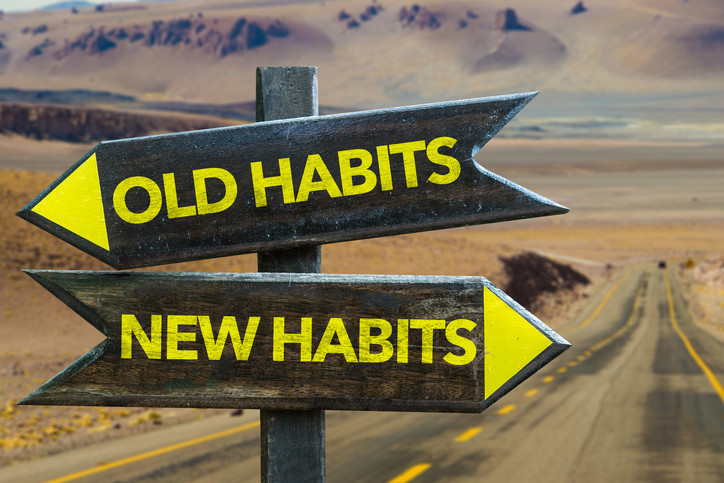Introduction:
In the journey of life, we all face struggles and challenges that can lead us down a path of sin or addiction. Whether it’s a destructive habit, an unhealthy relationship, or an addiction to substances, breaking free from these cycles can seem daunting and overwhelming. However, it is crucial to remember that change is possible, and with determination, support, and a willingness to introspect, we can break free from the chains that bind us.
Recognizing the Cycle:
The first step in breaking the cycle of sin or addiction is recognizing its presence in our lives. This requires honesty and self-reflection. Acknowledge the patterns and behaviors that are causing harm and identify the triggers that lead to indulgence. By understanding the cycle, we gain insight into the underlying causes and conditions that fuel the destructive pattern.
Seeking Support:
No one should have to face this journey alone. Seeking support from loved ones, friends, or support groups can provide a strong foundation for recovery. Surrounding ourselves with individuals who are understanding, non-judgmental, and committed to our well-being can encourage and motivate us when the going gets tough. Therapists, counselors, or addiction specialists can also provide professional guidance and tools necessary for breaking free from the cycle.
Developing Coping Mechanisms:
Breaking the cycle of sin or addiction often requires developing healthy coping mechanisms to replace destructive habits. Engaging in activities such as exercise, mindfulness, journaling, or pursuing creative outlets can provide a positive channel for emotions and stress. It’s important to identify healthy ways to manage difficult feelings and situations, gradually replacing unhealthy behaviors with positive ones.
Addressing Underlying Issues:
Sin or addiction often stems from underlying issues such as trauma, low self-esteem, or unresolved emotional pain. To break free from the cycle, it is essential to address these root causes. This may involve seeking therapy or counseling to explore and heal past wounds, learning healthy communication skills, or practicing self-compassion and forgiveness. By addressing the underlying issues, we can address the core of the problem and pave the way for lasting change.
Building a Supportive Environment:
Creating an environment that supports recovery is crucial for breaking the cycle. This may involve making changes in our social circles, avoiding triggers, and setting boundaries to protect our well-being. Surrounding ourselves with individuals who uplift, encourage, and inspire us can make a significant difference in our journey toward freedom.
Embracing Spiritual Growth:
For many, breaking the cycle of sin or addiction involves a spiritual component. Engaging in practices that promote spiritual growth, such as prayer, meditation, or connecting with a higher power, can provide solace and strength. Cultivating a sense of spirituality can help us find meaning and purpose beyond the immediate gratification of addictive behaviors, enabling us to tap into a source of inner strength.
Conclusion:
Breaking the cycle of sin or addiction is a challenging and courageous undertaking. It requires self-awareness, support, and a commitment to personal growth. By recognizing the cycle, seeking support, developing healthy coping mechanisms, addressing underlying issues, building a supportive environment, and embracing spiritual growth, we can embark on a transformative journey toward freedom. Remember, change is possible, and a life free from the shackles of sin or addiction is within reach.
